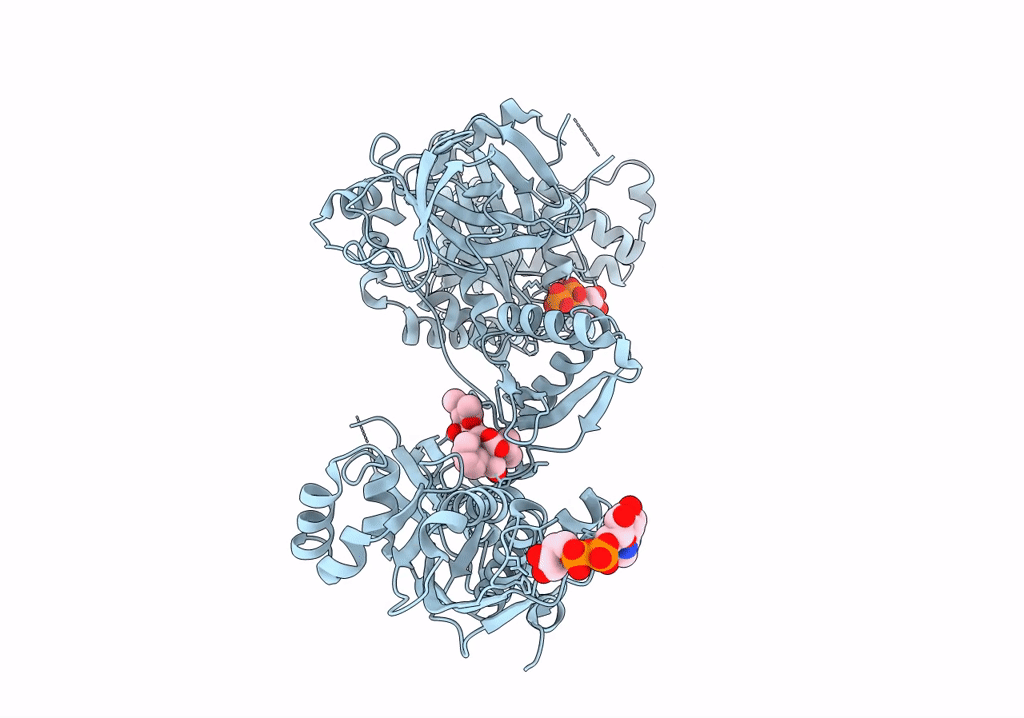
Deposition Date
2007-03-23
Release Date
2007-05-08
Last Version Date
2024-12-25
Entry Detail
PDB ID:
2P8Y
Keywords:
Title:
Fitted structure of ADPR-eEF2 in the 80S:ADPR-eEF2:GDP:sordarin cryo-EM reconstruction
Biological Source:
Source Organism:
Saccharomyces cerevisiae (Taxon ID: 4932)
Method Details:
Experimental Method:
Resolution:
11.70 Å
Aggregation State:
PARTICLE
Reconstruction Method:
SINGLE PARTICLE


